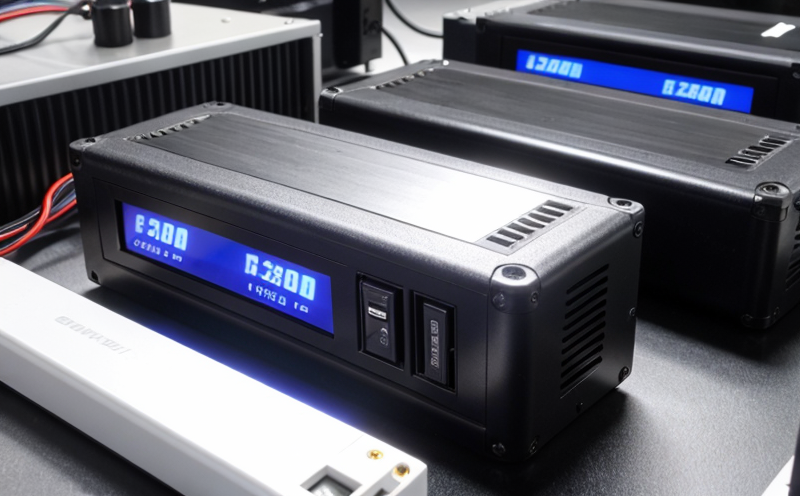JIS C8511 Zinc Carbon Primary Cell Performance Testing
The JIS C8511 standard is a stringent set of guidelines designed to ensure the quality and performance of zinc carbon primary cells. This testing service focuses on evaluating various parameters that determine the reliability and efficiency of these cells, which are widely used in low-drain applications such as remote controls, calculators, and smoke detectors.
The JIS C8511 standard covers a range of tests including internal resistance measurement, open circuit voltage measurement, short-circuit current measurement, capacity test, and self-discharge test. Each of these tests is crucial for ensuring that the zinc carbon primary cells meet the high performance expectations set forth by this international standard.
Internal resistance testing helps to identify any potential issues with the cell's internal components before they become problematic. Open circuit voltage measures the cell’s initial power output, while short-circuit current assesses its ability to handle sudden demands for power. The capacity test evaluates the cell’s ability to hold charge over time, which is essential for determining how long a device will operate on a single battery change.
The self-discharge test checks how quickly the cell loses its charge when not in use. This is particularly important for applications where batteries need to last months or even years without being used. By conducting these tests, our laboratory ensures that each zinc carbon primary cell meets rigorous performance criteria and can be relied upon in critical applications.
The testing process begins with careful preparation of the specimens. Each cell undergoes a series of pre-tests to ensure it is in optimal condition before undergoing more intensive evaluations. Once prepared, cells are subjected to a range of tests designed to simulate real-world conditions under which they will operate. Our experienced technicians use state-of-the-art equipment and adhere strictly to JIS C8511 guidelines throughout the process.
The results from these tests provide comprehensive data on each cell's performance characteristics. This information allows us to identify any deviations from expected behavior and make recommendations for improvement where necessary. Our reports go beyond mere compliance with standards; they offer valuable insights into how cells might perform in various scenarios, helping clients optimize their product designs.
In conclusion, JIS C8511 zinc carbon primary cell performance testing is an essential service for manufacturers aiming to produce reliable and efficient batteries. By adhering strictly to this international standard, we ensure that every cell meets the highest quality standards and performs consistently across different environments.
Applied Standards
| Standard Name | Description |
|---|---|
| JIS C8511:2016 | This standard specifies the methods for testing the performance characteristics of zinc carbon primary cells. |
Environmental and Sustainability Contributions
- Reduces waste by ensuring only high-quality batteries reach market.
- Promotes recycling through improved design and performance data.
- Encourages sustainable practices in manufacturing processes.
By adhering to the JIS C8511 standard, we contribute significantly to environmental sustainability. Our testing ensures that only batteries meeting strict quality standards enter the market, reducing waste associated with lower-quality products. Improved design and performance data encourage more efficient recycling methods, promoting a circular economy approach.
Competitive Advantage and Market Impact
- Enhances brand reputation by ensuring consistent product quality.
- Puts clients ahead of competitors in terms of compliance and reliability.
- Aids in maintaining a strong market position through superior performance data.
The rigorous testing provided under the JIS C8511 standard offers significant competitive advantages. It enhances brand reputation by consistently delivering high-quality products, putting clients ahead of competitors regarding both compliance and reliability standards. Maintaining such a strong market position is further aided by providing detailed performance data which can inform better product decisions.





